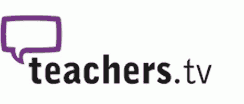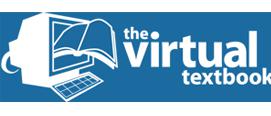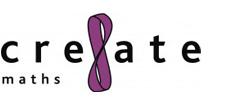Maths resources for design and technology
Resources to support the teaching of maths content in design and technology.
- ALL
- Video
- Activity sheet
- Other
Video
Accuracy of Measurements
This video resource from Teachers TV features students working in groups to measure things in and around their classroom. After measuring the height of the door in pencil cases, the width of the whiteboard in shoes and the length of the corridor in 'Bens', the class comes to some conclusions about the bounds of accuracy that can realistically be claimed for different units of measurement.
Measures
This resource contains an interactive spreadsheet designed to support the teaching of measurements. The notes for using the activities are provided on a separate tab within the spreadsheet and each page of the spreadsheet contains a different activity, they are:
- Polygon Perimeters calculate the perimeter of a regular polygon from 3 to 40 sides given the length of one side.
- Recipes work out the amounts of ingredients in a recipe needed for more people by scaling up or down.
- Mixed lengths convert between different units of length.
- Mixed capacities convert between different units of capacity.
- Mixed masses convert between different units of mass.
- Subtracting mixed units compare two ways of subtracting given mixed units of measure.
How long is a Metre?
This three minute video, from Twig World, explains that the metre is the base unit for measurement for most of the world, but how was it agreed how long a metre should be? The need for standardised units of measurement is discussed and the value of the metre being one ten millionth of the distance from the North Pole to the equator explained, this later being redefined more accurately in 1983. The video is accompanied by a lesson plan and a worksheet covering measurement, estimation and conversion between metric units.
Activity sheet
3D Objects
3D Objects requires students to name objects and count the number of edges, faces and corners of each object. The objects included are a cube, a cuboid, a pyramid, a cylinder, a cone and a sphere. The second page contains sample answers.
Other
Maths - Accuracy and Estimation
This collection contains six videos, each about three minutes in length. Each video covers a different aspect of estimation set in differing contexts. Each video is accompanied by a lesson plan and a worksheet containing questions of differing difficulty associated with the mathematical topics encountered in the video. The mathematical concepts covered include estimating large numbers, estimating measurements, accuracy of measurement and rounding to an appropriate degree of accuracy.
2D and 3D Shapes
Drawing 3D in 2D
This excel file deals with 2D representations of solids, including isometric and simple orthographic views.
3D Geometry
This interactive excel file deals with trigonometry in 3D. It begins with a sheet illustrating the angle between two planes. The next two sheets show diagrams of cuboids for students to find lengths, angles or angles between planes. Hints are given and answers correct to 1 d.p. can be revealed. Angles and lengths within pyramids are dealt with on a separate sheet.
This file also has eight sheets of printable sets of questions which may be suitable for use within the classroom. Topics include 3D coordinates and the volume and area of prisms, spheres, cones and cylinders.
The Virtual Textbook: Secondary
This collection of resources from the Virtual Text Book contains eight sub-collections designed for use on an interactive whiteboard to aid the teaching and learning of a variety of topics. Each resource is an interactive excel worksheet to encourage teacher-student interaction.
The topics covered are:
• Number
• Algebra: Expressing Relationships
• Algebra: Using Equations and Functions
• Ratio, Proportion and Rates of Change
• Geometry and Measure
• Pythagoras and Trigonometry
• Statistics
• Probability
cre8ate maths
A collection of resources to support the teaching of maths content in the context of construction, architecture, graphic design, food preparation and engineering.






